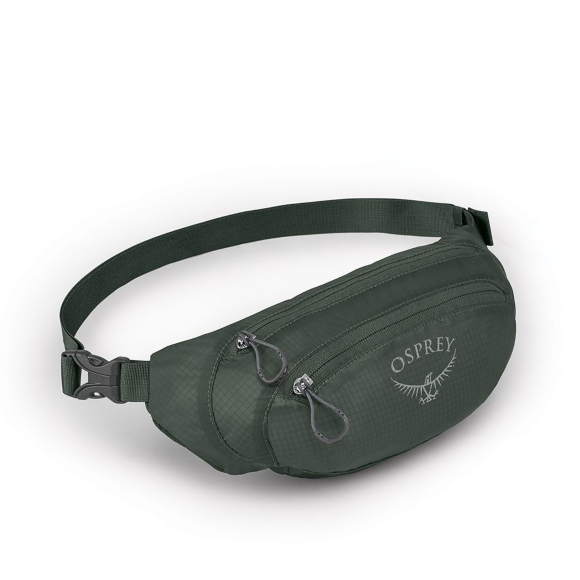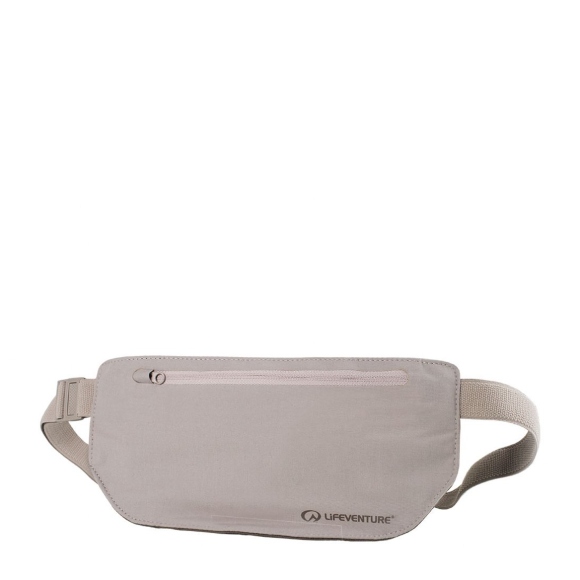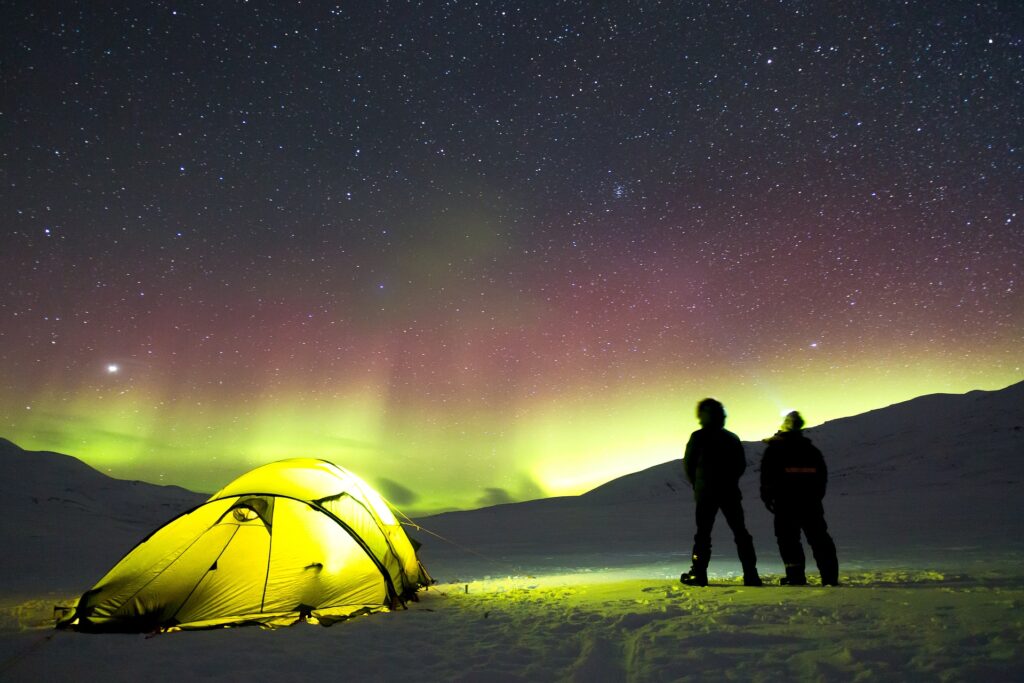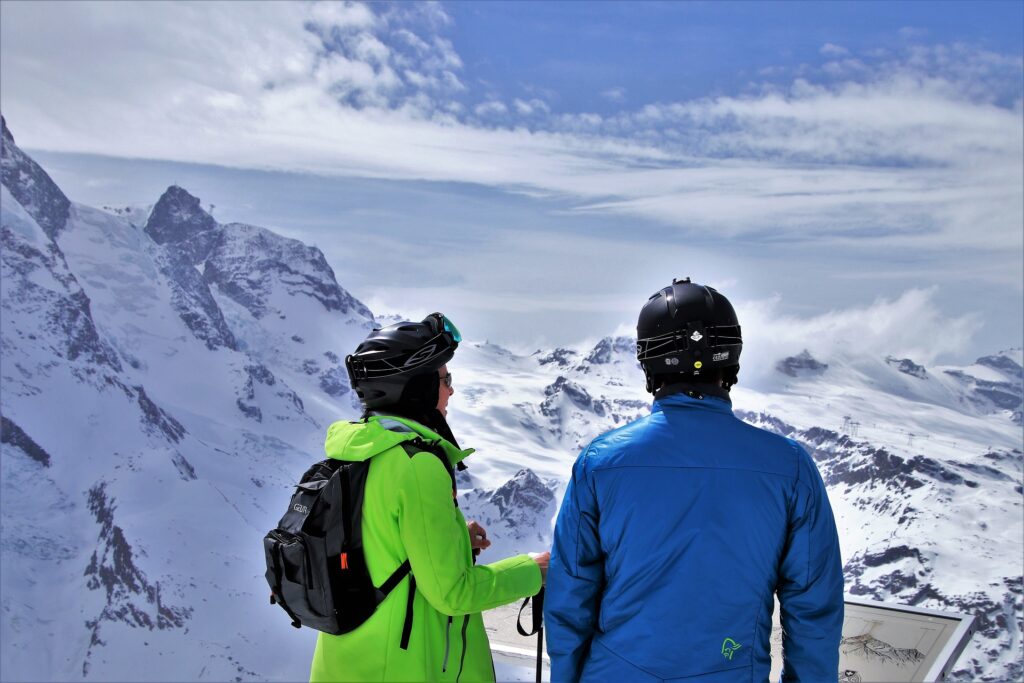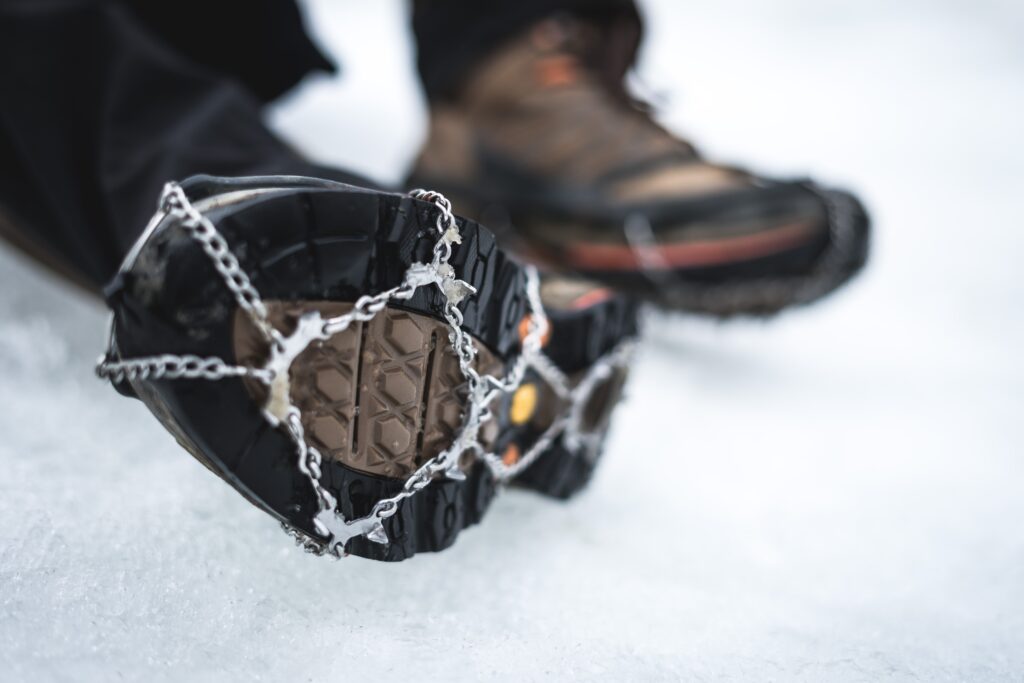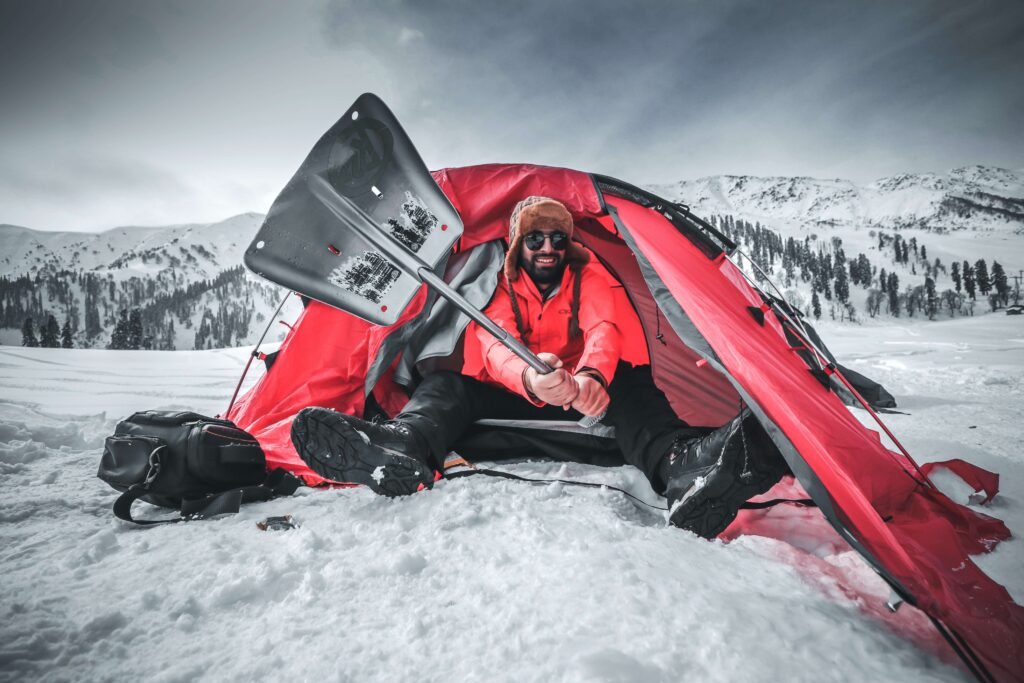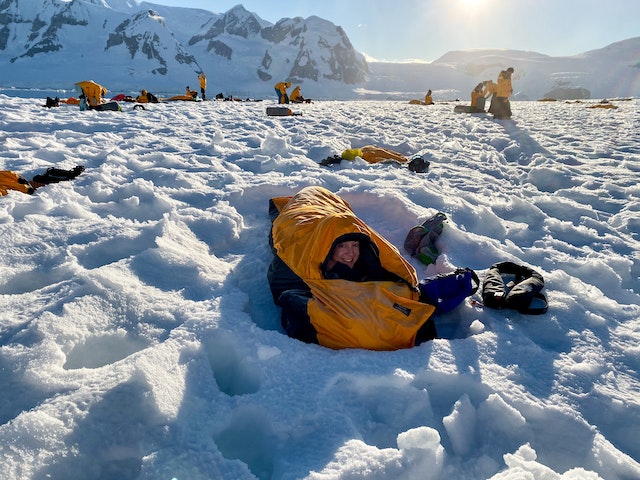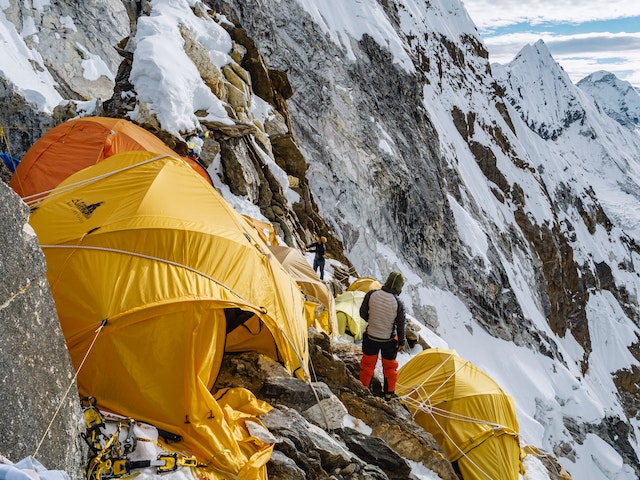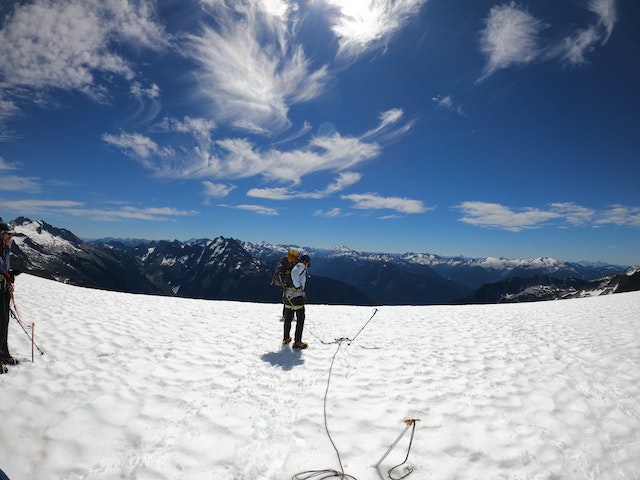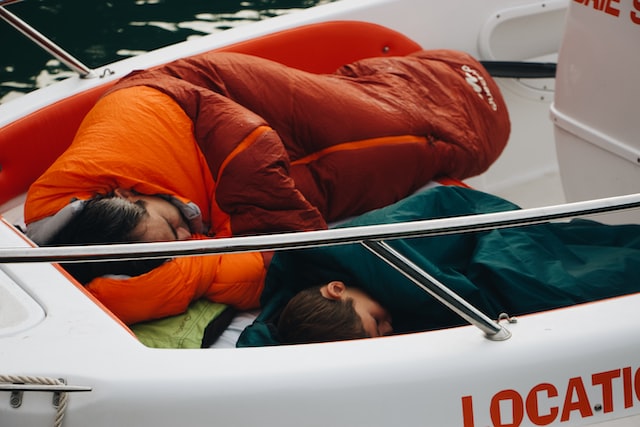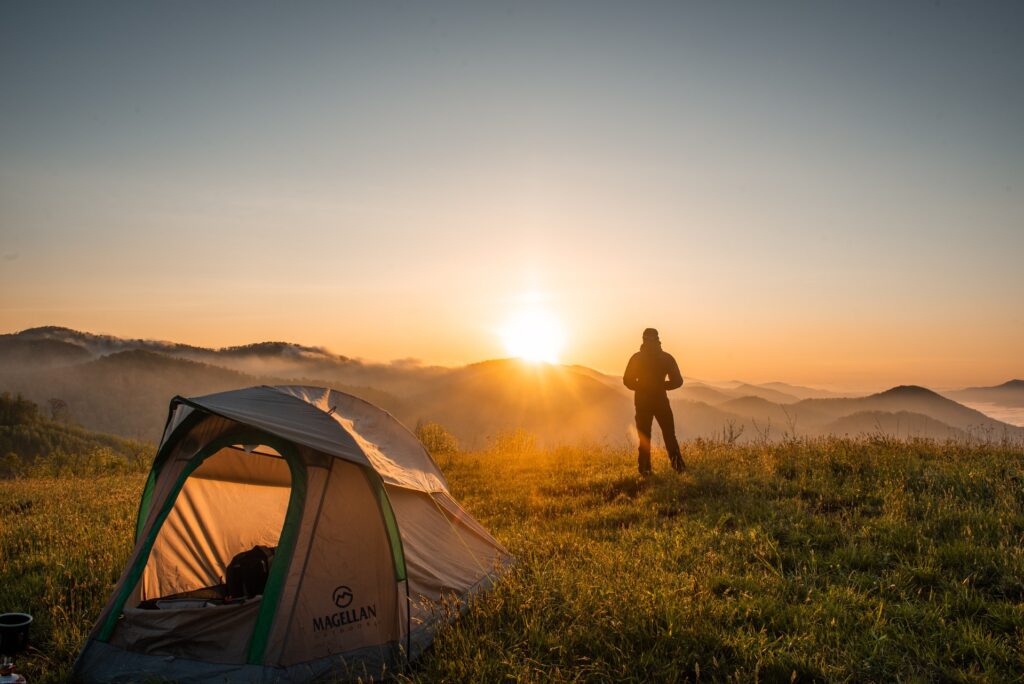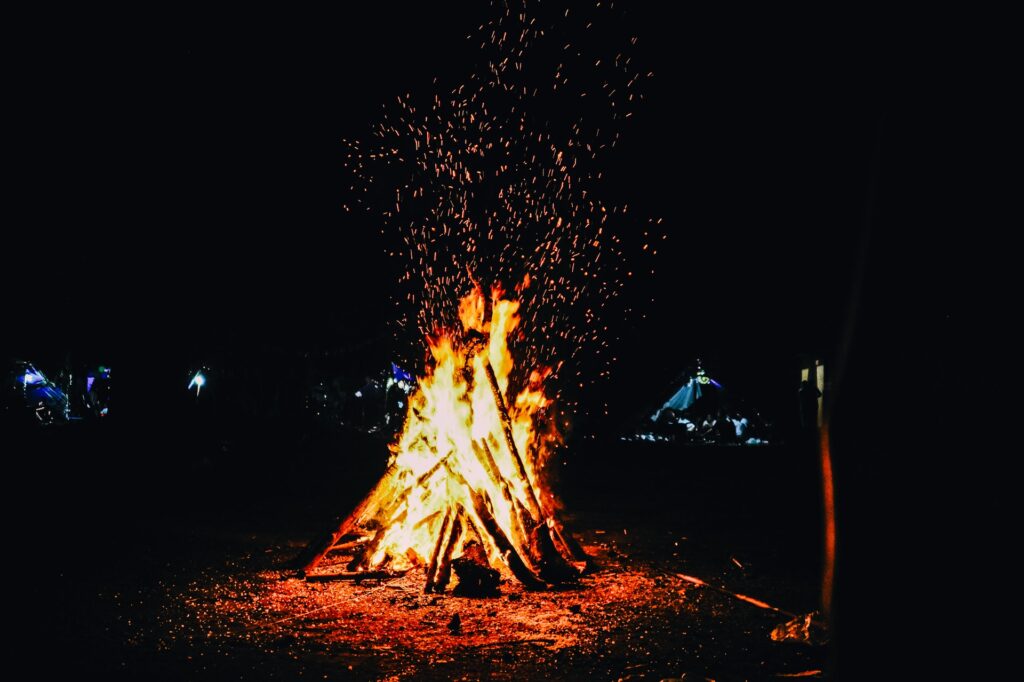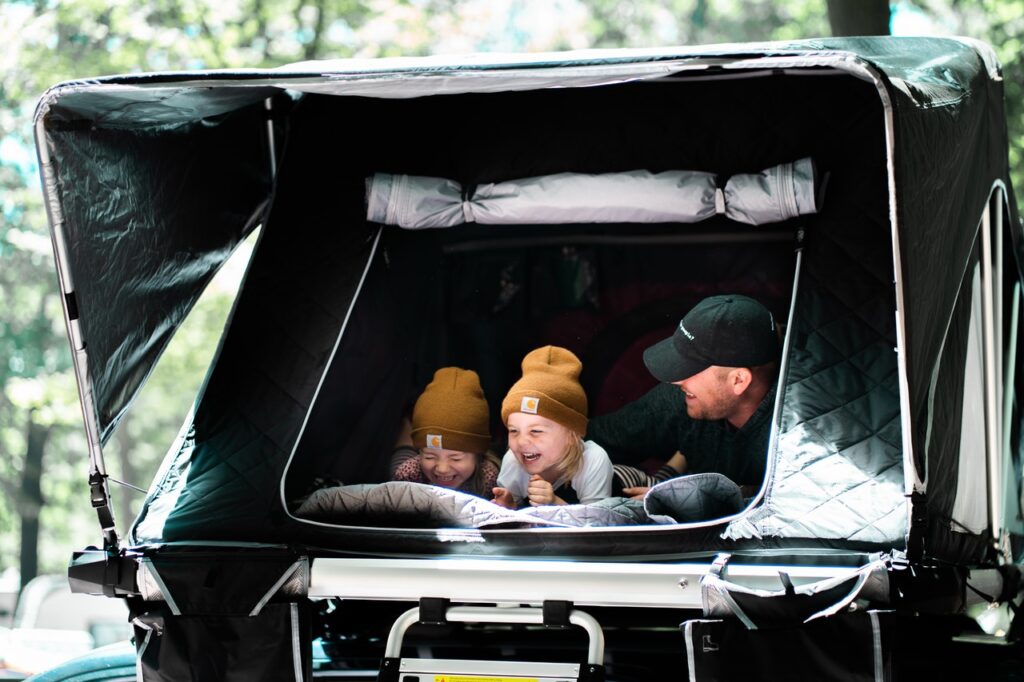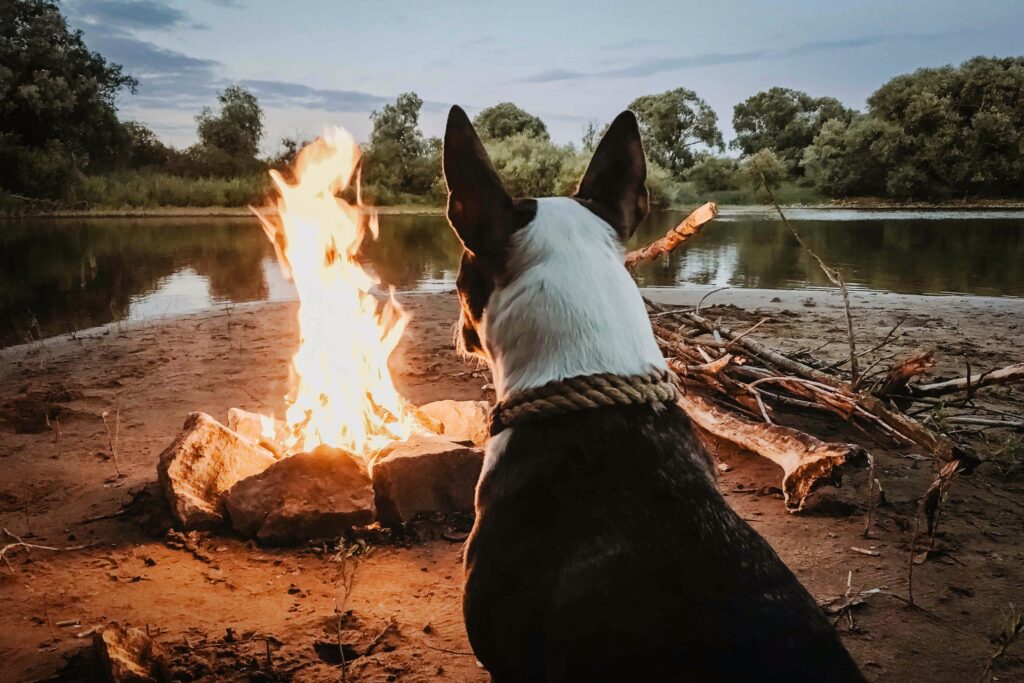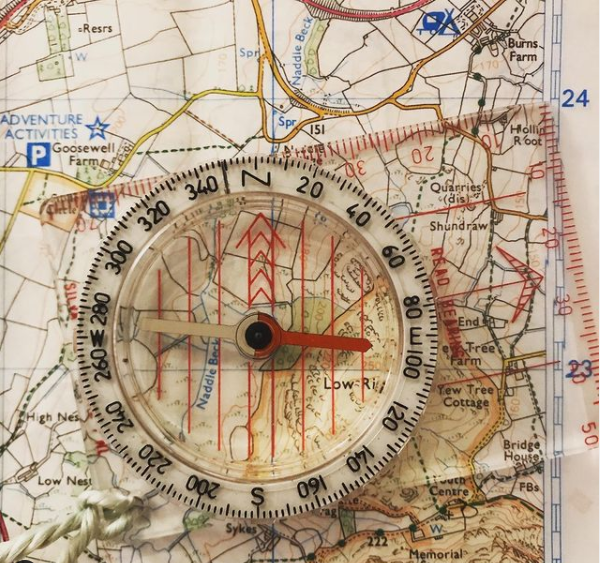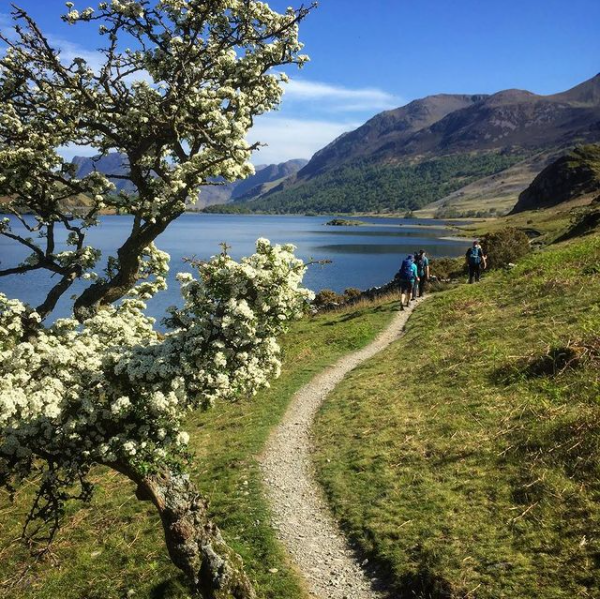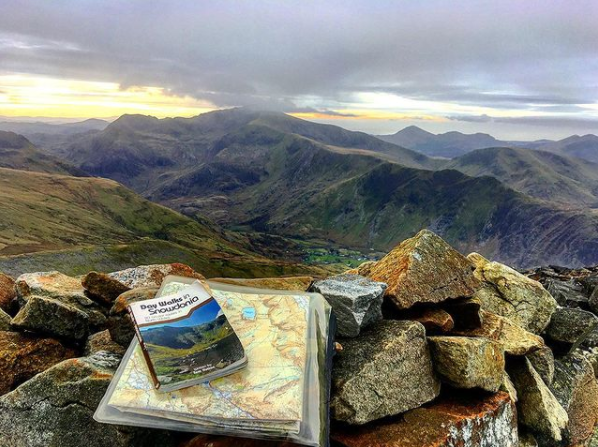Layering isn’t just a fashion statement. In cold, wet conditions, it’s a survival technique. Understanding the art of layering is paramount if you want to maximize comfort and warmth. Enter fleeces and rain jackets. Traditionally, they’ve shielded us from chilly breezes and unexpected downpours. Yet, there’s more beneath the surface. Delving deeper, we’ll uncover how these layers work symbiotically. We’ll also explore how to optimize their benefits. So, if you’ve ever shivered despite wearing your thickest sweater or felt clammy under a raincoat, you’re in the right place. Let’s embark on this cozy journey together.
The Science of Layering
Dressing for warmth isn’t about bulk; it’s about strategy. Layers trap air, and trapped air acts as an insulator. Interestingly, our body warms this captured air, providing a personalized heating system. Meanwhile, moisture-wicking is vital. Sweat, when trapped, can cool the body rapidly. Hence, the innermost layer should whisk moisture away, maintaining a dry feel.
Furthermore, each subsequent layer amplifies this effect. But it’s not just about warmth. Layering also allows flexibility. Shedding or adding layers is a cinch as temperatures fluctuate or activity intensifies. In essence, it’s the harmony of these layers that ensures optimal comfort.
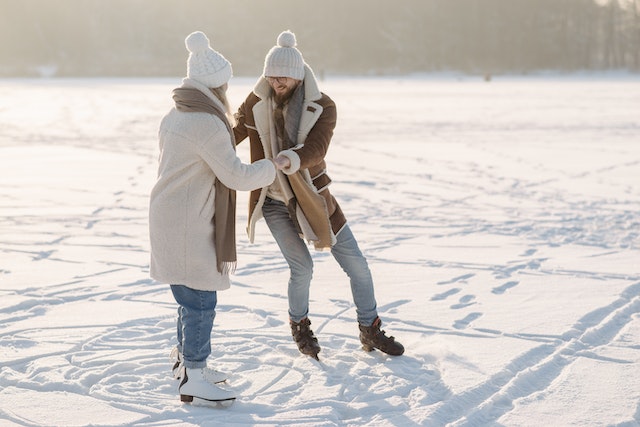
The Basics of Fleece: More than Just a Cozy Material
Fleece, for many, evokes images of snug evenings by the fire. Yet, there’s a rich history behind this warm fabric. Initially, fleece emerged as a game-changer in outdoor apparel, a dynamic shift from traditional materials. With time, it evolved, offering varieties such as microfleece, midweight, and heavyweight. Each variant serves a unique purpose. For instance, microfleece is ideal for mild days, while heavyweight provides added warmth on frigid nights. Notably, fleeces are more than mere insulation. Their breathability and moisture-wicking properties set them apart.
However, it’s not all rosy. A downside? Fleece can pill over time, losing its sleek appearance. Nonetheless, considering its sheer comfort and functionality, many view these minor imperfections as a small price to pay. Ultimately, embracing fleece means appreciating its depth, versatility, and transformative role in keeping adventurers warm.
The Role of Rain Jackets in a Layering System
Rain jackets play more than a cameo role in layering. They shield us from wetness at their core, but there’s nuance here. First off, understanding the difference between water-resistant and waterproof jackets is pivotal. While the former offers protection against drizzles, the latter is your fortress against torrential downpours. Besides, breathability is equally crucial. Why? Because an impenetrable jacket can turn into a sauna, negating our efforts to maximize comfort and warmth.
Consequently, features like pit zips, adjustable hoods, and cinch cords come into the limelight. They offer adaptability, ensuring you can face Mother Nature’s every whim. Moreover, a well-chosen rain jacket complements the layers beneath, allowing them to perform optimally. In sum, it’s not just about staying dry; it’s about crafting a harmonious ensemble that tackles cold and wet challenges head-on.
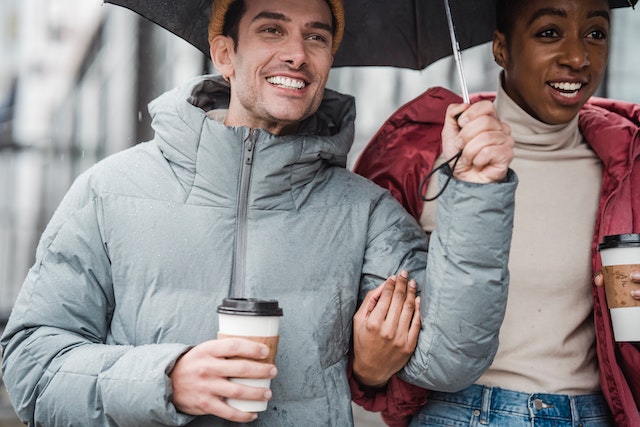
Step by Step: Building the Perfect Layering System for Cold and Wet Weather
Crafting an impeccable layering system isn’t magic; it’s methodical. Firstly, commence with the base layer. Ideally made from synthetic materials or merino wool, this foundational piece wicks away sweat. Next, introduce your insulating fleece. Depending on the chill, you might opt for a lightweight version or its bulkier counterpart. Sometimes, layering two mid-weights achieves desired warmth without added bulk. Thirdly, crown your ensemble with a rain jacket. Ensure it fits comfortably over preceding layers, allowing freedom of movement. As conditions shift or as you heat up, adjust. Shed a layer, unzip a vent. In essence, the secret lies in adaptability. You can brave rain and cold through these steps, ensuring your outdoor adventures remain exhilarating, not teeth-chattering.
Care and Maintenance
Proper care can extend the life of your outdoor gear. When washing, always follow the label’s guidance. Generally, gentle detergents are best. Moreover, avoid fabric softeners; they can hinder performance. Post-wash, resist the urge to wring out fleeces. Instead, lay them flat to dry. As for rain jackets, periodically reproof them to retain their water repellency. When packing up your winter clothes for storage, ensure they’re completely dry. That prevents mold. Store in a cool, dry place. If minor damages arise, timely repairs can save the day. Nurturing your layers today ensures they’re ready for tomorrow’s adventures.
Tips and Tricks for Maximizing Comfort
Are you navigating the world of layering? Here are some nuggets of wisdom. First, prioritize fit. Overly tight layers restrict movement and trap moisture. Conversely, excessively loose ones let in the cold. Striking balance is key. Secondly, remember breathability. While insulation keeps you warm, ventilation ensures you don’t overheat. Thirdly, be ready to adapt. Temperatures swing, activities vary, and so should your layers. Don’t hesitate to adjust on the go. Also, consider zippers; they’re quick temperature regulators. Lastly, keep an eye on sweating. Wet skin cools down rapidly, diminishing warmth.

So, the mantra? Stay dry, stay flexible. With these guidelines, you’re well on your way to mastering the art of comfortable layering. Additionally, don’t forget the importance of the material. Fabrics like merino wool or certain synthetics can offer insulation and moisture-wicking capabilities. And when transitioning between different activities or settings, always pack an extra layer; it provides options and ensures you’re prepared for unexpected weather or activity level shifts.
Conclusion on How to Maximize Comfort and Warmth
In wrapping up, understanding layering is transformative. It’s not just piling on clothes. Instead, it’s a curated process, a journey toward achieving the ideal balance between protection and breathability. We’ve delved into the nuances of fleeces, rain jackets, and the art of combining them. These insights, when applied, can significantly maximize comfort and warmth, especially in the unpredictable outdoors. Thus, it’s not merely about the individual pieces but the symphony they create together. So, as you venture out, armed with this knowledge, embrace the elements confidently. After all, with the right layers, the world is truly your oyster.

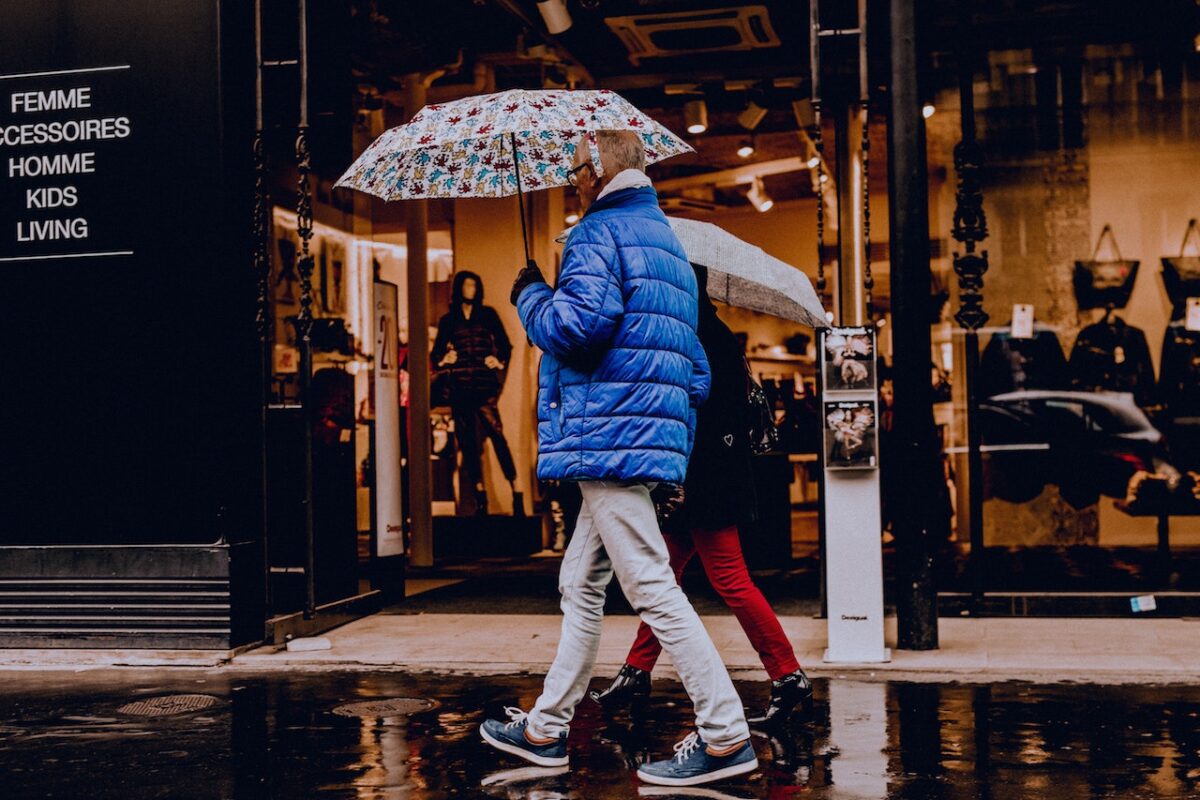
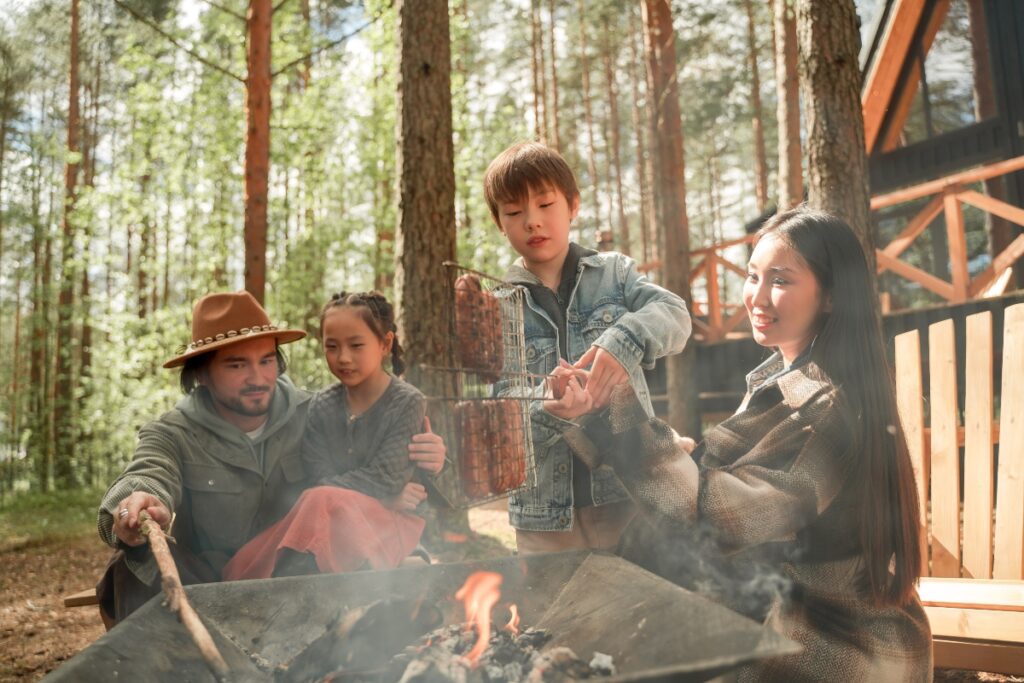
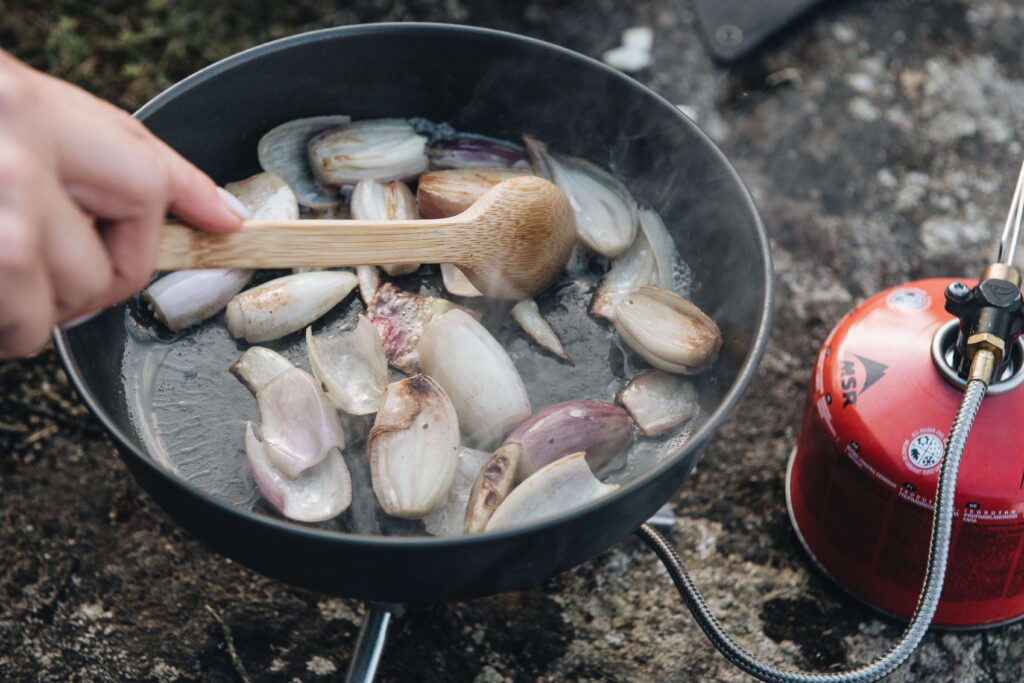
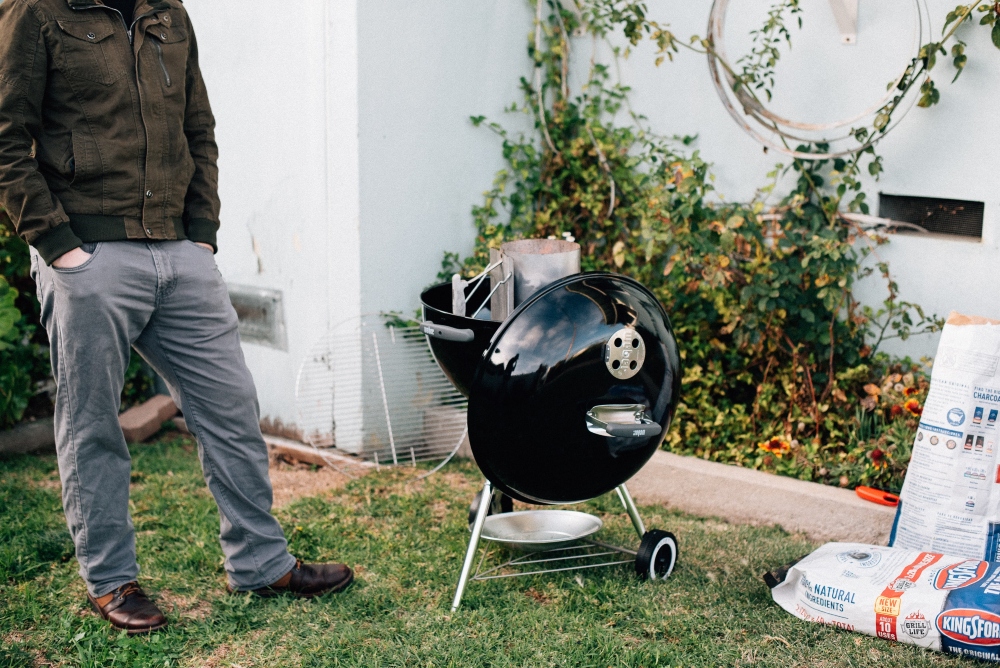



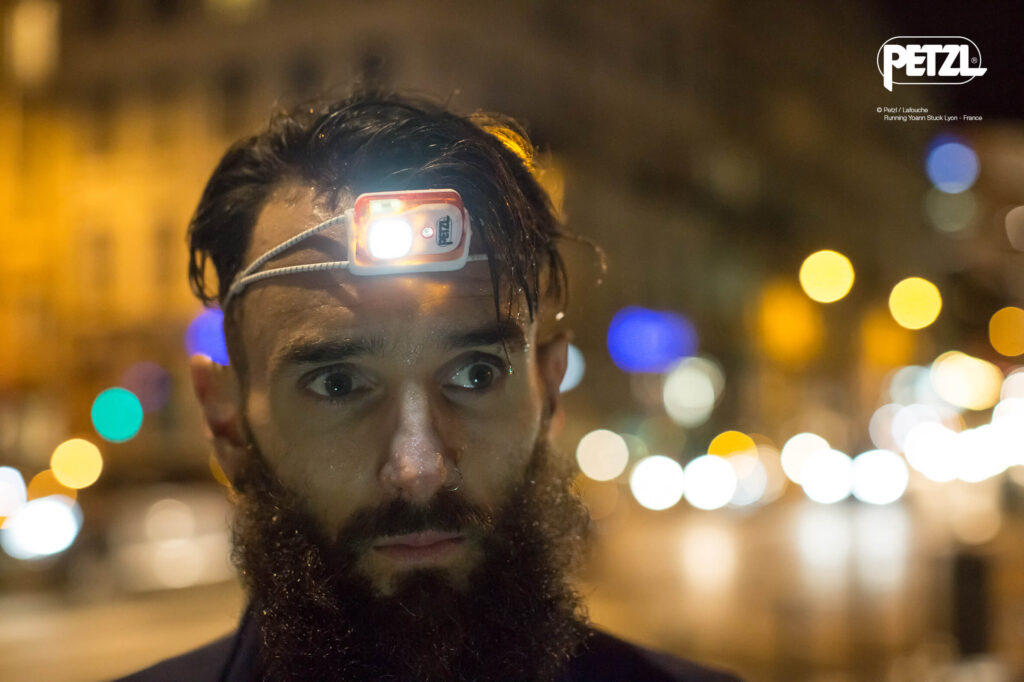
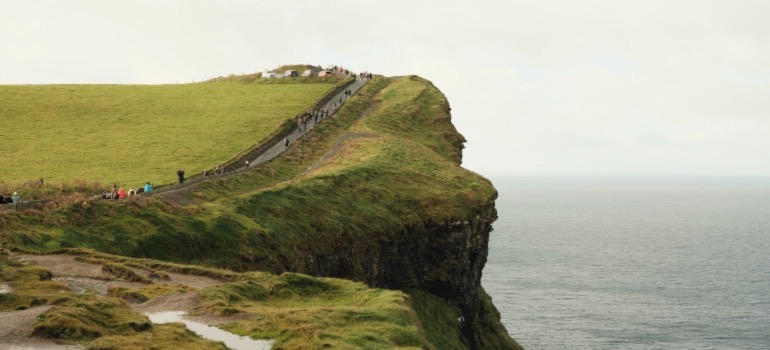
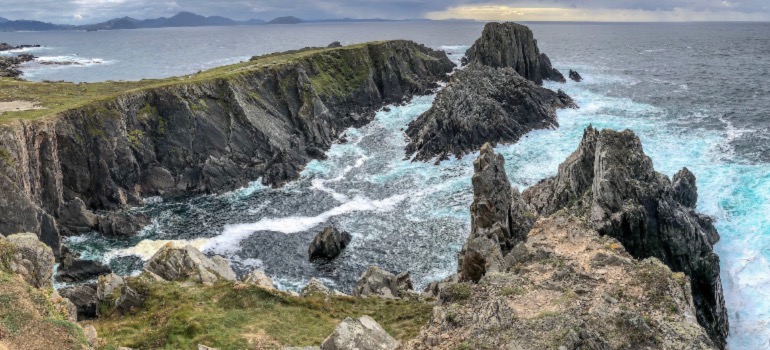
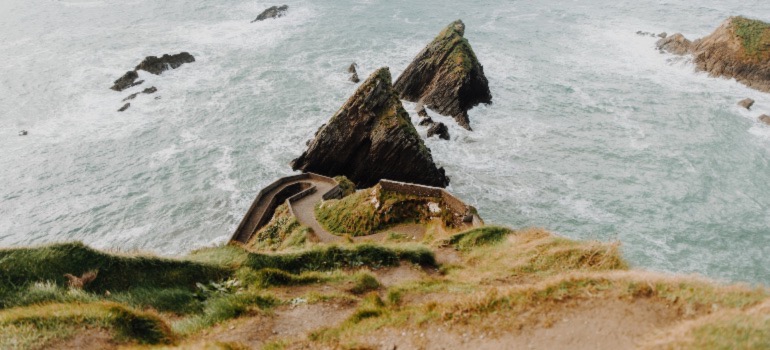
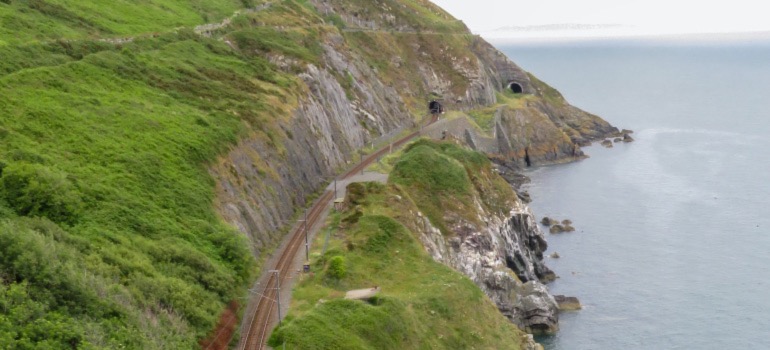
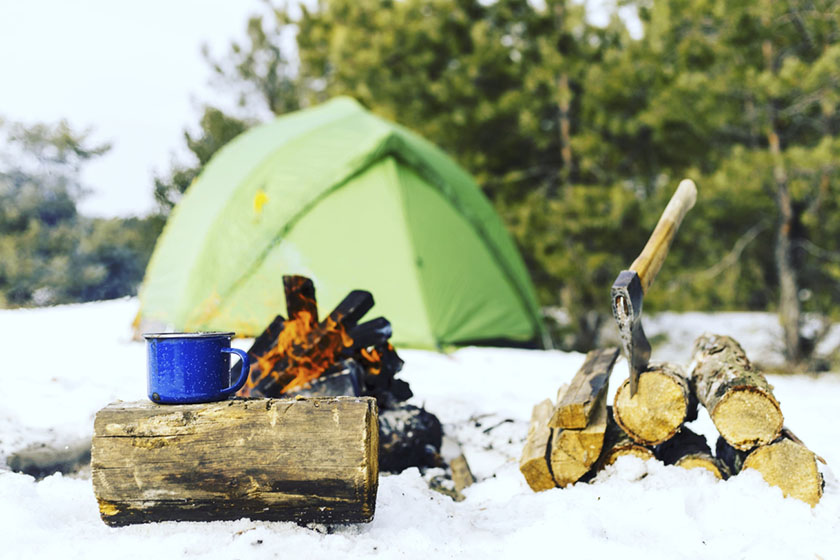


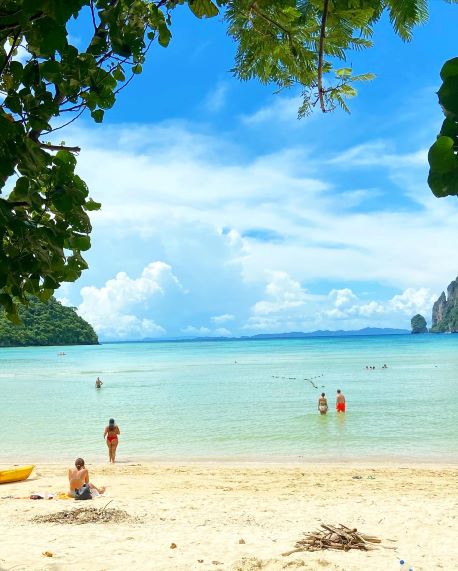

.jpg)
